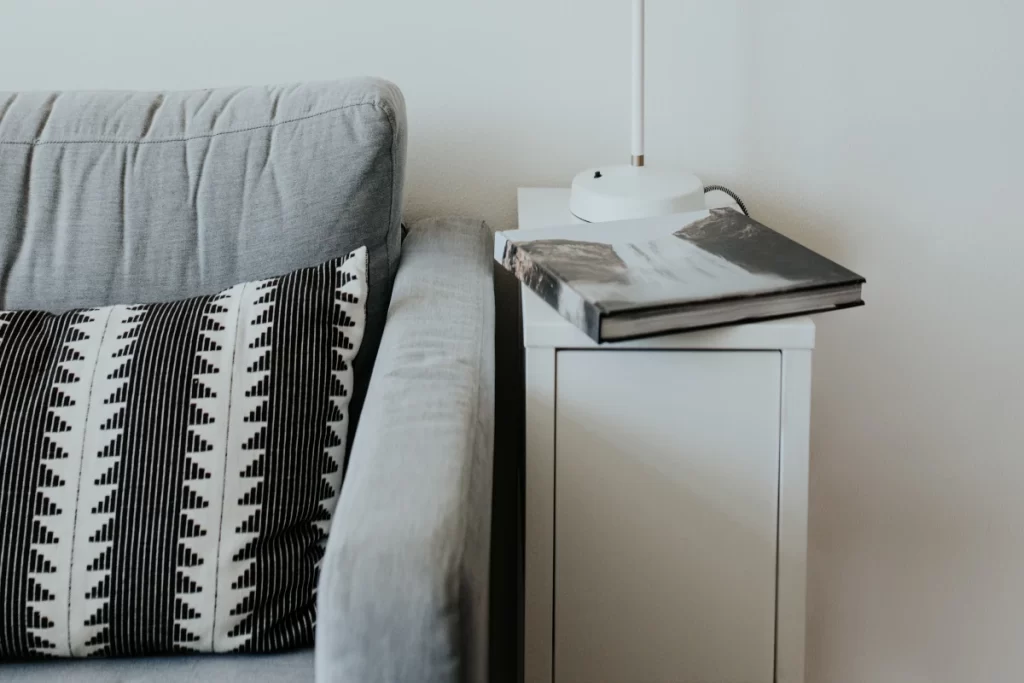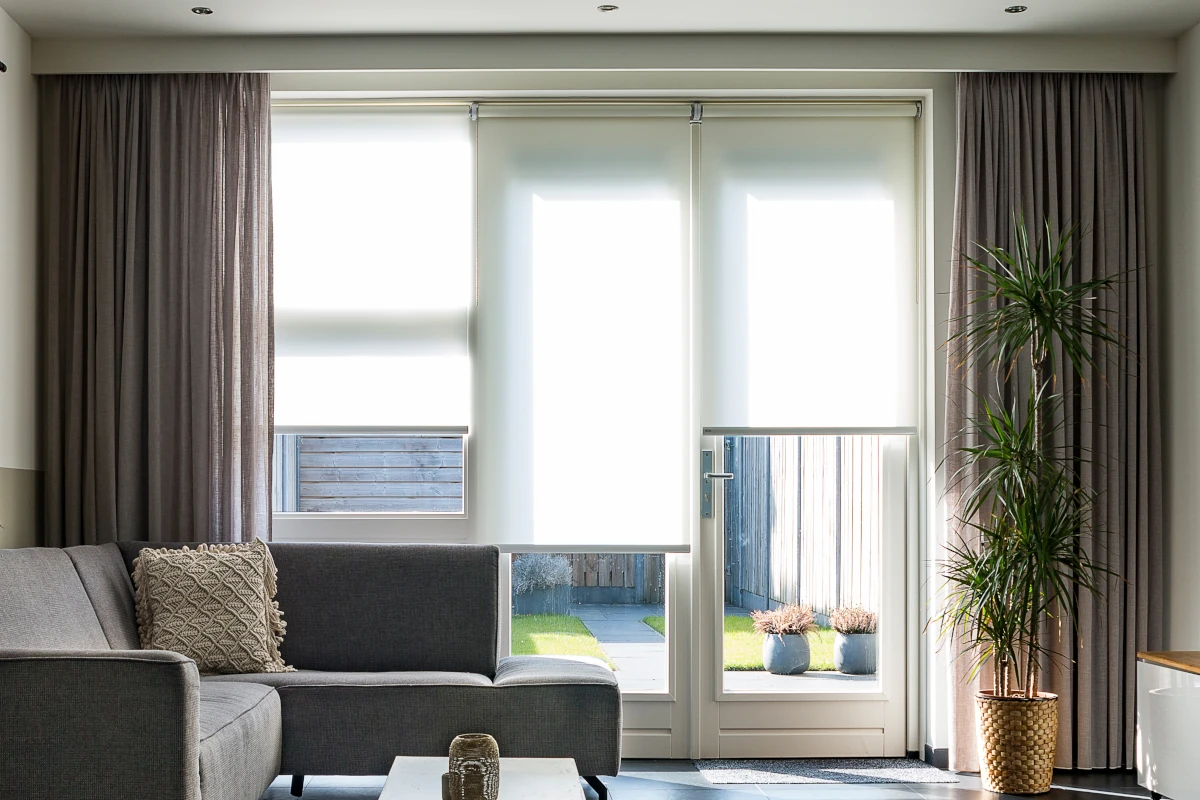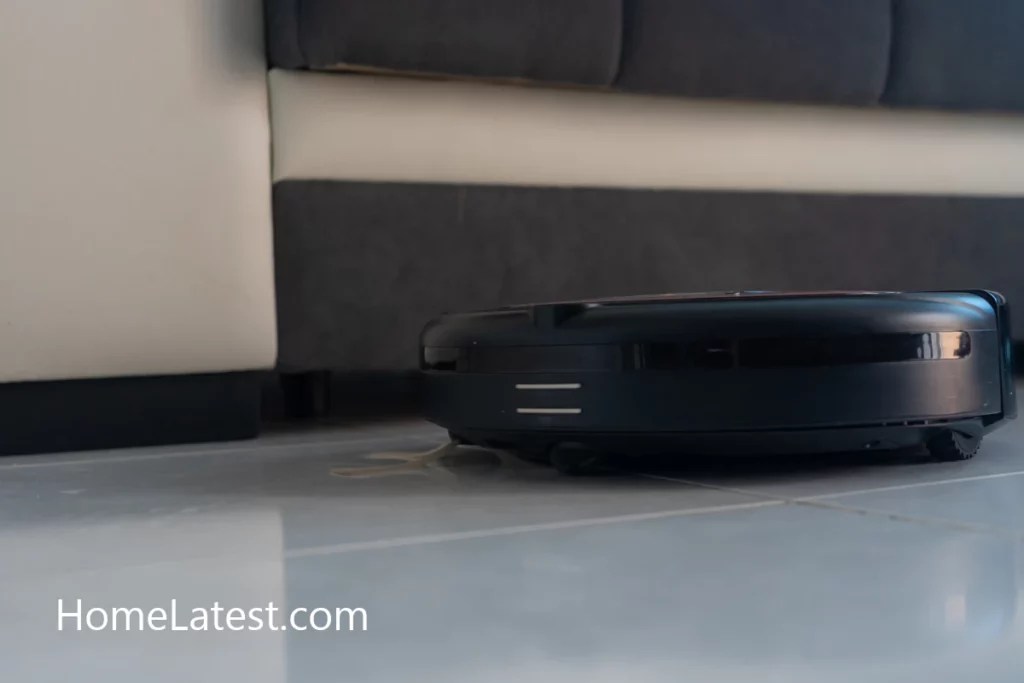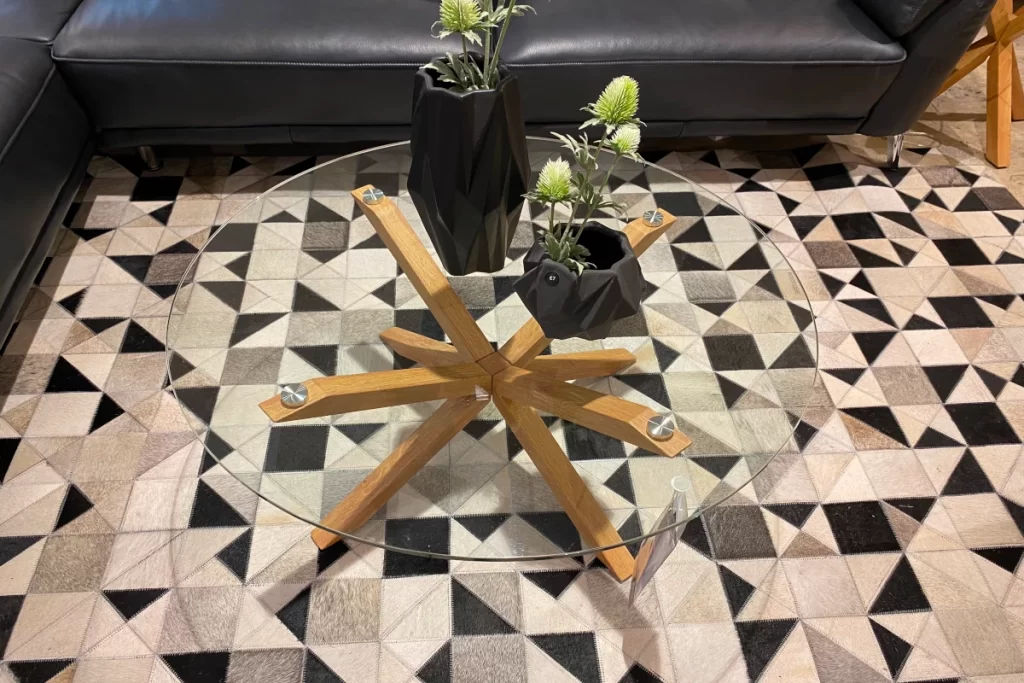The work envelope is the area that the robot vacuum can clean or the space where it will work.
This will be different for each vacuum and there are several things that determine the envelope.
It’s a good idea to research the brand of robot vacuum you plan to buy before you buy it to get a better understanding of its work envelope.
What Is A Robot Vacuum’s Work Envelope?
A robot vacuum’s work envelope refers to the physical space in which it can operate effectively and autonomously. It is the area that a robot vacuum can cover while cleaning without getting stuck or requiring human intervention.
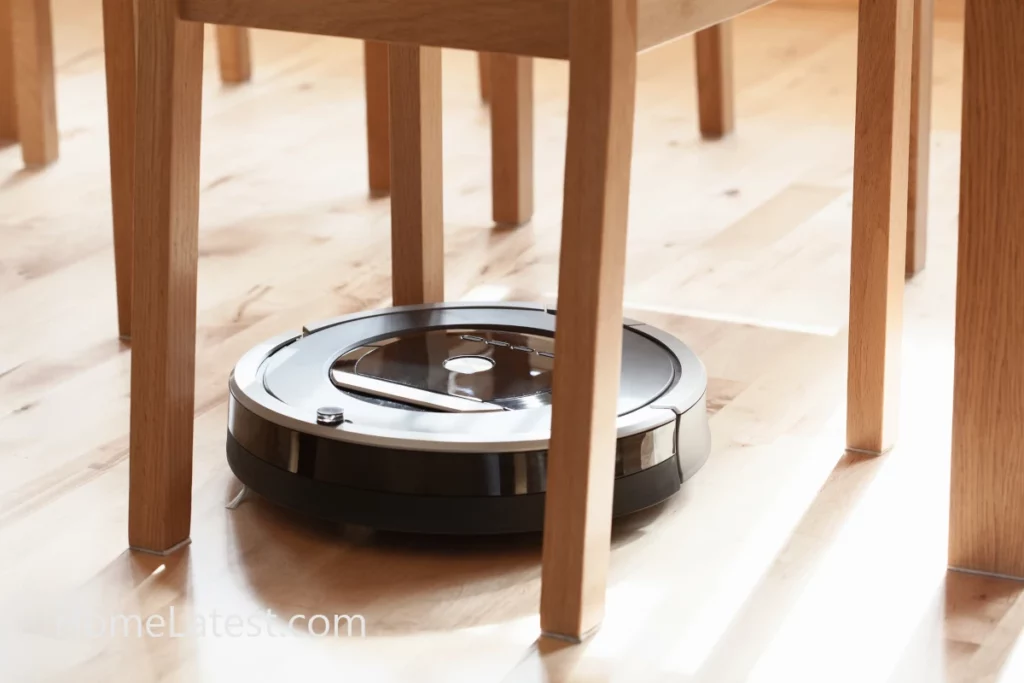
The work envelope of a robot vacuum is determined by several factors, including the size and shape of the vacuum itself, the height of the vacuum, and the type of sensors and navigation system it uses.
In general, robot vacuums are designed to operate within a limited area, such as a single room or a small apartment, and are not well-suited for large, open spaces.
The work envelope of a robot vacuum can vary widely depending on the specific model and brand.
Some robot vacuums are better at navigating around obstacles, while others may struggle with certain types of flooring or furniture.
As such, it’s important to consider the specific features and capabilities of a robot vacuum before purchasing one to ensure that it will be able to effectively clean your home or workspace.
Related:
- Can Robot Vacuums Go Over Transition Strips (Explained)
- How Many Robot Vacuums Do I Need? (5 Things To Consider)
- How Do Robot Vacuums Clean Corners? (7 Tips From Getting Stuck)
What Type Of Robot Vacuum Work Envelope Is The Best?
There is no single “best” type of robot vacuum work envelope as the ideal work envelope will depend on the specific needs and circumstances of the user.
For example, if you have a small apartment with mostly hard floors and few obstacles, a robot vacuum with a smaller work envelope may be sufficient.
On the other hand, if you have a large house with multiple rooms and a lot of furniture, a robot vacuum with a larger work envelope and advanced navigation capabilities may be more suitable.
When considering a robot vacuum’s work envelope, it’s important to also consider other factors such as suction power, filtration system, battery life, and cleaning modes.
The combination of these features can have a significant impact on the vacuum’s overall cleaning performance and efficiency.
Ultimately, the best robot vacuum work envelope will depend on your individual needs and preferences, and it’s important to do your research and choose a vacuum that fits your specific requirements.
What Work Envelope To Look Out For While Buying A Robot Vacuum?
When buying a robot vacuum, it’s important to consider the work envelope that will best suit your cleaning needs. Here are some factors to consider:
1. Home Size
Consider the size of your home and the number of rooms you need the robot vacuum to clean. If you have a larger home, you’ll want a robot vacuum with a larger work envelope that can cover more ground without requiring multiple cleaning cycles.
2. Obstacles
If you have a lot of furniture, rugs, or other obstacles, look for a robot vacuum with sensors and mapping capabilities to navigate around them without getting stuck or damaging your belongings.
3. Types Of Flooring
Consider the types of flooring in your home, as some robot vacuums may be better suited for carpeted floors while others may perform better on hard surfaces like hardwood or tile.
4. Battery Life
Check the robot vacuum’s battery life and charging time to ensure that it can cover the work envelope you need without running out of power.
5. Cleaning Modes
Look for a robot vacuum with a variety of cleaning modes to suit your specific cleaning needs, such as spot cleaning, edge cleaning, or pet hair removal.
What Other Robot Vacuum Specs Should You Look Out For?
In addition to the work envelope, there are several other important specs to consider when buying a robot vacuum. These include:
1. Suction Power
Look for a robot vacuum with strong suction power to effectively pick up dirt, dust, and debris from your floors. The strength of the robot vacuum’s motor will directly affect its suction power. A more powerful motor will create stronger suction and be able to pick up more debris.
2. Filtration System
Consider the type of filtration system used in the robot vacuum, especially if you or anyone in your household has allergies or respiratory issues. A high-quality filter can help capture small particles and allergens.
3. Navigation System
Look for a robot vacuum with advanced navigation capabilities, such as sensors, cameras, or laser mapping technology, to help the vacuum navigate around obstacles and clean efficiently.
Some robot vacuums use a random navigation system where they move around the room randomly until they have covered the entire area or until they sense an obstacle.
This type of navigation can be less efficient than other methods because it may result in the vacuum missing spots or cleaning the same area multiple times.
4. Battery Life
Check the robot vacuum’s battery life and charging time to ensure that it can cover the work envelope you need without running out of power.
The capacity of the robot vacuum’s battery will affect its runtime. Generally, higher-capacity batteries will provide longer runtime.
The robot vacuum’s suction power can affect its battery life. Higher suction power requires more energy, which can drain the battery faster.
5. Noise Level
Consider the noise level of the robot vacuum, especially if you plan to run it while you’re at home or at night. Look for models with lower decibel ratings for quieter operation.
If the robot vacuum has a brush roll, it can create noise as it spins and makes contact with the floor.
The wheels on the robot vacuum can also create noise as they move over different surfaces.
6. Cleaning Modes
Look for a robot vacuum with a variety of cleaning modes and brushes to suit your specific cleaning needs, such as spot cleaning, edge cleaning, or pet hair removal.
Auto Mode
This is the default cleaning mode for most robot vacuums. The robot vacuum will navigate around the room and clean as it goes, adjusting its cleaning pattern as needed.
Spot Mode
The spot mode is designed for cleaning a specific area of the floor, such as a spill or stain. When activated, the robot vacuum will clean in a small, circular pattern until the area is clean.
Edge Mode
This mode is designed for cleaning along walls and edges. The robot vacuum will navigate around the room, focusing on cleaning the edges and corners.
Turbo Mode
Turbo mode is designed for cleaning carpets or other surfaces that require more suction power. When activated, the robot vacuum will increase its suction power to provide a deeper clean.
Quiet Mode
Some robot vacuums offer a quiet mode setting that reduces the noise level of the vacuum while it cleans. This can be useful if you need to run the vacuum during the day or if you have pets or children who are sensitive to noise.
7. Voice Control
Consider whether the robot vacuum can be controlled via a smartphone app or voice commands, which can be convenient for scheduling cleanings or controlling the vacuum remotely.
You’ll need to set up the robot vacuum and connect it to your home Wi-Fi network.
This can usually be done through a companion app on your smartphone or tablet.
Final Thoughts
It’s important to consider these specs in addition to the work envelope to choose a robot vacuum that will effectively and efficiently clean your home.
Be sure to choose a robot vacuum with a work envelope that is appropriate for your home’s layout and cleaning needs, as this will ensure that the vacuum can get the job done to meet your needs.
Sources
How do Roomba robot vacuum cleaners work? (explainthatstuff.com)
What is a Work Envelope by Robotic Automation Systems
Robot Vacuum Cleaners: Uses, How they Work, Types, and Buy Tips – Robots Science

